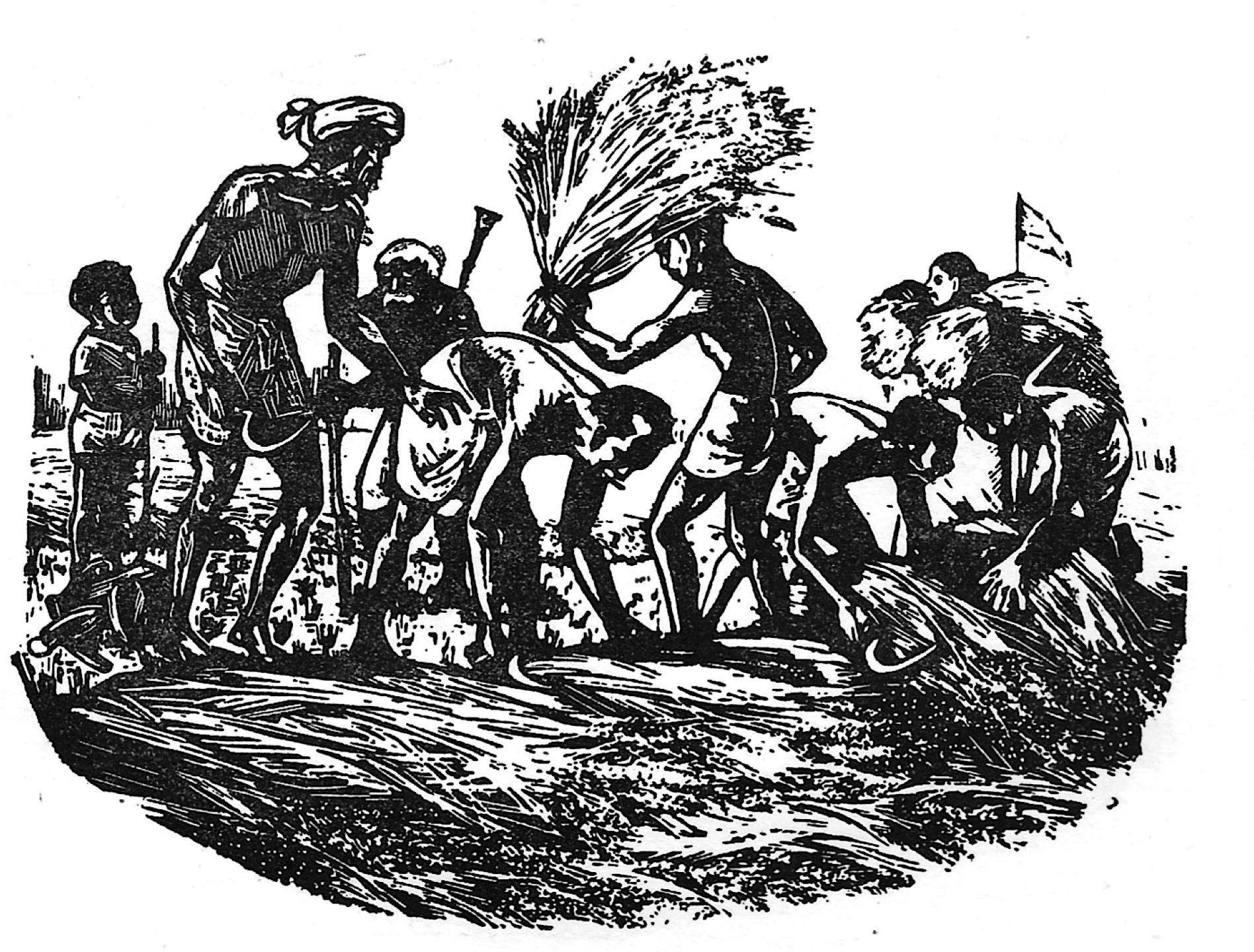Defined as a “form of autobiographical writing”, implying thereby that it is primarily written “for the writer’s use alone” as distinct from writing done for publication, the diary is usually viewed as a document that is intensely personal, and therefore frank in its record. However, there are ample examples that such intimate records can transcend the primary personal domain and emerge as significantly potent resources for wider, historic reference. Such an implication of the diary becomes even more pertinent when its author has a decidedly partisan political vantage and a will to align with the subject of his record and their actions. It is within such a zone that we must consider the Tebhagar diary by Somnath Hore. Although it was initiated as a personal record, its publication at a later date, as well as its English translation, have been widely referred to for its relevance to the academic discourse on the historic period as well as the history of then-current visual-art practice that its author represents. This essay intends to contemplate on the Tebhagar diary on the basis of these two publications, and through the prefatory essays contained therein.
‘
The 1989 English translation and the 1991 Bengali publication are identical as far as the main text of the diary is concerned; the only significant differences are the slightly larger prefatory essay by the artist-author in the Bengali edition compared to the one in the English translation, and the elaborate cross-referenced introduction by Samik Bandopadhyay in the latter. In the 1989 publication Somnath Hore’s brief note contains an important information for the reader – that the sketches of the Tebhaga were executed when he was a second year student at the Government College of Art in Kolkata. Regarding the images he is transparent in his analysis, for he writes that one “should not expect any artistic skill from them. Still, even today, my attachment to these drawing remains strong” . In the slightly more elaborate, unpaginated preface for the 1991 publication which he subtly titles “Koiphiyot” , he makes it clear that he is not primarily a man of words, though he could not dissuade those who were enthusiastic about the publication of his diary. He also mentions that prior to these two book-length versions, the diary had initially been revealed to the critical attention of a discerning readership by being published in the Bengali journal Ekshan in their 1388 Bengali-calendar Autumn issue. The booklength publications, therefore, came nearly eight/ nine years after the dairy was first revealed to public consumption as a significant historic document of its time. In the 1991 publication too, Somnath Hore emphasizes that in his opinion, the text of the Tebhaga was much about excitement rather than serious content, though he continued to hold his…..
To read more subscribe to our Magazine

